Have you ever wondered why your generator, especially for mobile detailing, suddenly shows a low oil pressure warning? This isn’t just an inconvenience—it could signal serious engine trouble if ignored. When that light flashes, or your generator shuts down unexpectedly, you may panic, wondering how to fix it before your business suffers.
In this guide’s Best Generator for Mobile Detailing, we’ll explore the common causes of low oil pressure in generators and provide troubleshooting steps. Whether it’s as simple as adding oil or a more complex problem like a worn oil pump, I’ll help you diagnose and resolve each issue. By the end, you’ll be equipped to handle low-oil-pressure generator problems like a pro.
What Does Low Oil Pressure Mean On A Generator?
Overview of Oil Pressure
Have you ever paused to think about how vital oil pressure is for your generator’s overall health? If you haven’t, it’s time to start. Oil pressure in a generator is like blood pressure in the human body—without it, things can go wrong quickly. A generator without sufficient oil pressure won’t function properly, and worse, it may sustain permanent damage if the issue goes unresolved.
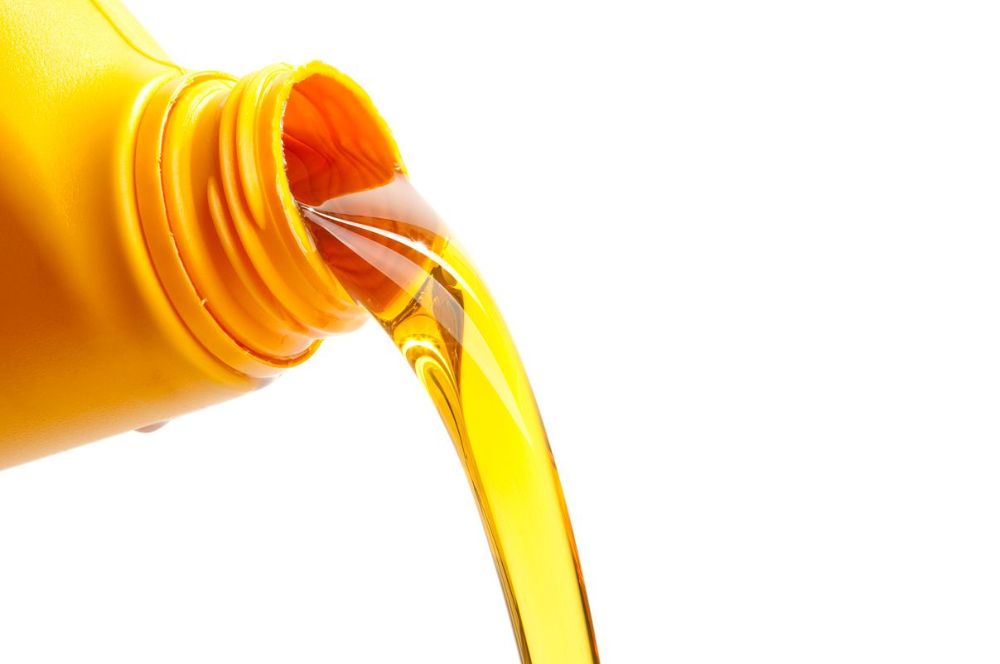
When your generator’s oil pressure is too low, it signals a breakdown in the lubrication system that keeps your engine’s parts moving smoothly. This pressure ensures that the engine stays cool and the metal components don’t grind against one another, preventing wear and tear. Imagine the delicate dance of gears and pistons under stress without the cushion of oil—friction builds, heat rises, and before you know it, the engine could seize entirely.
Symptoms of Low Oil Pressure Generator
So, how can you tell if your generator is suffering from low oil pressure? Most modern generators will give you clear warnings. You might see a flashing oil pressure light, or, more alarmingly, the generator could shut down entirely. These are critical signals that shouldn’t be ignored. Low oil pressure can result in overheating, metal damage, or a total loss of functionality, so it’s crucial to act immediately once these signs appear.
Top Causes of Low Oil Pressure in Generators
When your generator says low oil pressure, it’s natural to feel overwhelmed. However, this issue often stems from a few common problems. By identifying these causes, you can troubleshoot effectively and restore your equipment to optimal performance. Let’s explore the most frequent culprits behind low oil pressure in generators.
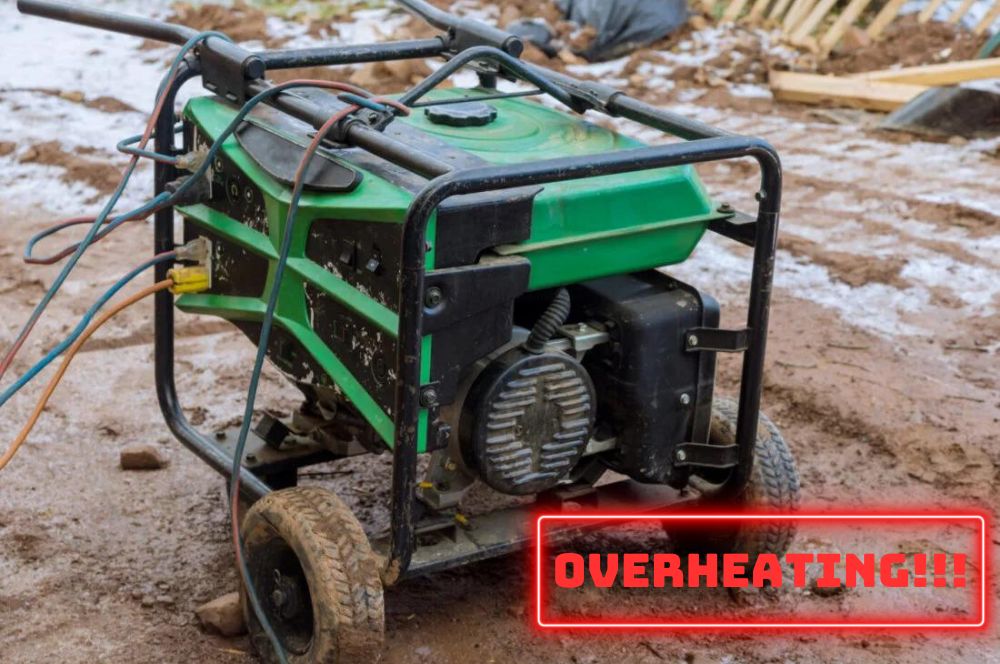
Not Enough Oil
One of the simplest yet often overlooked reasons for low oil pressure is insufficient oil. When oil levels dip below the required threshold, the pressure within the system drops, leaving the engine’s parts under-lubricated. I always recommend checking the oil level before each use—especially for those of us working in mobile detailing, where our generators get frequent, heavy use. Be sure to follow the manufacturer’s guidelines for optimal oil levels, as each generator model may vary.
Oil Viscosity Issues
Oil viscosity plays a crucial role in maintaining the proper oil pressure within the generator. If the oil is too thick or too thin for the operating conditions, it won’t flow through the system correctly. For example, using oil designed for cold climates in a generator running in high heat will cause viscosity issues, which can lead to low oil pressure. Always choose oil with the correct viscosity for your generator and the climate you’re working in. Generators running in extreme temperatures, such as those used in winter detailing, will require oil with a viscosity tailored to those conditions.

Engine Wear
Over time, even the best-maintained generators experience engine wear. As the internal parts—like the bearings and seals—begin to degrade, they may no longer hold oil pressure as effectively. This gradual loss of pressure is especially common in older machines or those that haven’t received regular maintenance. To prevent this, adhere to the recommended maintenance schedule and replace worn parts promptly. It’s much cheaper than facing a full engine rebuild down the road.
Defective Oil Pressure Gauge
Sometimes, the problem isn’t with the oil pressure itself but with the device used to measure it. A faulty oil pressure gauge can give misleading readings, causing you to think there’s an issue when there isn’t. If you suspect the gauge, it’s important to verify it by testing the pressure manually or replacing the gauge altogether.
Pump Wear and Plugged Filters
Lastly, mechanical wear in the oil pump or a clogged oil filter can lead to low pressure. The pump is responsible for circulating oil through the engine, and if it begins to fail, the oil flow diminishes, causing pressure to drop. Likewise, if the oil filter becomes blocked with debris, it will restrict the flow of oil, leading to a similar issue. Regularly inspecting and replacing the oil pump and filters will help you avoid these problems before they escalate.
Step-by-Step Troubleshooting Guide for Low Oil Pressure in Your Generator
When facing a low oil pressure generator warning, it’s essential to approach the issue systematically. With proper troubleshooting, you can avoid severe damage to your generator and maintain its efficiency for mobile detailing tasks. Let’s go through each step to ensure you handle this like a professional.
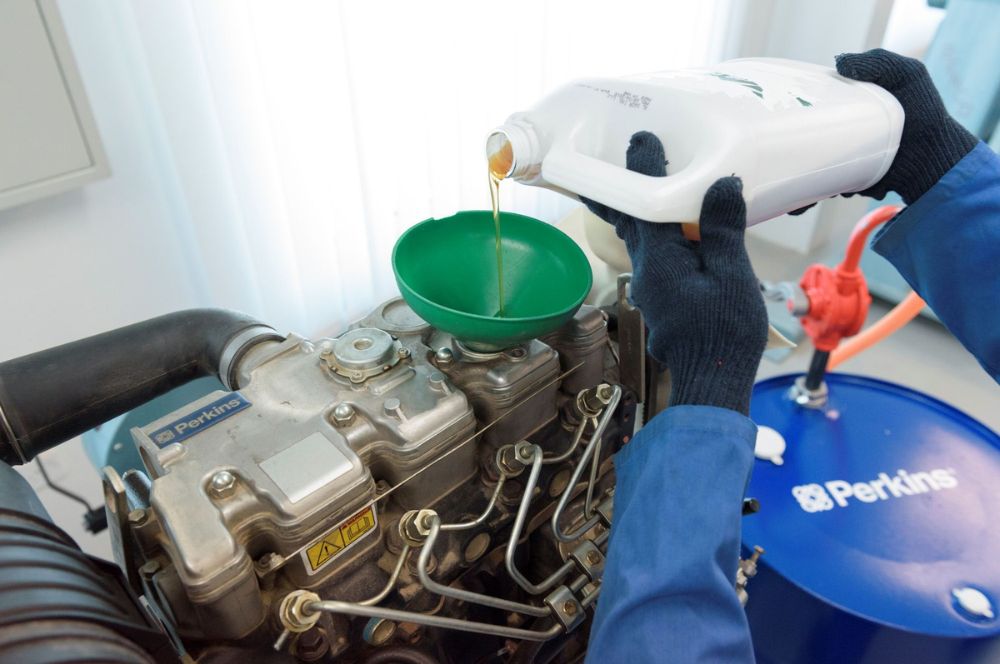
Check the Oil Pressure Display Device
When you encounter a low oil pressure warning, follow these key steps:
- Inspect the Oil Pressure Display: Start by checking the oil pressure display device on your generator. Modern models feature both analog and digital systems.
- Familiarize Yourself with the Display: Understand how your specific generator presents oil pressure information. Digital screens provide exact readings, while older models may have warning lights or gauges.
- Know the Normal Range: Be aware of the normal oil pressure readings, which should fall within the range specified by your generator’s manufacturer.
- Monitor for Fluctuations: If you notice fluctuations or dangerously low levels, this indicates that immediate attention is needed.
- Verify Gauge Functionality: If the readings seem inaccurate, it may be due to a malfunctioning gauge. Verify the gauge before proceeding with further troubleshooting.
By following these steps, you can effectively assess the oil pressure situation and determine the next course of action.
Inspect for Oil Leaks
Once you’ve confirmed that the oil pressure display is functioning correctly, your next step is to look for leaks. Low oil pressure can sometimes be caused by simple oil leaks. Begin by visually inspecting the generator for any obvious oil drips or pooling under the machine, particularly near seals, hoses, or the oil pan. I like to keep a checklist handy for these inspections, which helps ensure I don’t miss anything crucial.
Here’s what to look for:
- Leaks around the oil pan or oil filter.
- Cracked or damaged hoses.
- Loose or missing gaskets.
If you find a leak, fix it right away, either by tightening connections or replacing damaged components. If you’re unsure how to proceed, it’s best to call a professional, especially if the issue seems complex.
Examine the Oil Pressure Limiting Valve
Another key part of your troubleshooting process should involve checking the oil pressure limiting valve. This valve regulates the oil pressure in your generator, and if it’s blocked or malfunctioning, it can cause low oil pressure.
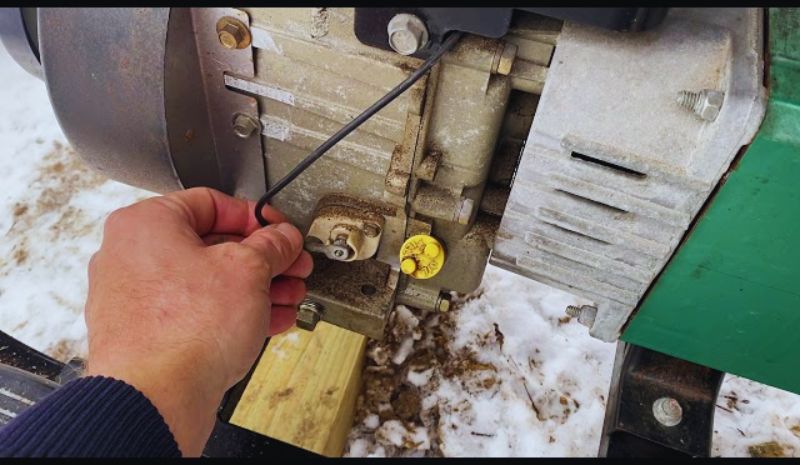
Here’s how the valve works: it opens and closes to maintain the ideal pressure within the system. When it gets stuck or clogged, the pressure doesn’t regulate properly, leading to lower-than-optimal levels. Cleaning the valve or replacing it, if necessary, should restore proper function. If you’re comfortable doing so, you can clean out the valve yourself, but again, if this feels beyond your expertise, a technician can help.
How to Reduce the Risk of Low Oil Pressure in Your Generator
Maintaining the health of your low-oil-pressure generator requires proactive measures. For those of us who rely on our generators day in and day out—especially in mobile detailing—avoiding low oil pressure is crucial to ensuring smooth, uninterrupted performance. Here’s how you can reduce the risk.
Regular Maintenance Checks
One of the most straightforward ways to prevent low oil pressure is to follow a regular maintenance schedule. You might think oil changes are something you can delay, but the reality is that skipping or postponing them can lead to big problems down the road. When oil starts to break down, it loses its ability to properly lubricate the engine, resulting in increased friction and, ultimately, lower oil pressure.
For mobile detailing professionals who use generators frequently, I recommend checking oil levels before each use and performing oil changes according to the manufacturer’s recommendations. This way, you’ll never have to wonder if your generator is running on degraded oil.
Use Quality Oil and Filters
Not all oils and filters are created equal, and using subpar products can contribute to low oil pressure problems. I’ve found that investing in high-quality oil and filters designed specifically for generators can prevent a lot of headaches. Cheap filters, for example, may not catch all the debris, allowing contaminants to clog up your oil system, which can then reduce oil flow and pressure.
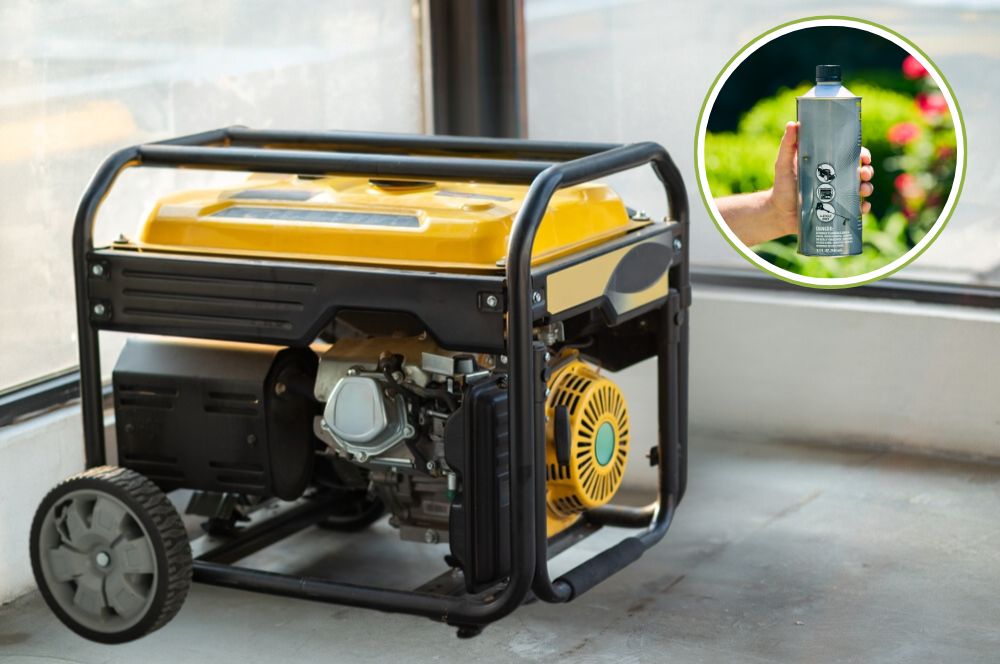
For mobile applications, where reliability is key, I recommend brands like Mobil 1 or Valvoline, which are known for their durability and performance under extreme conditions. Always ensure you’re using the right viscosity for your generator model and the environment in which you operate.
Monitor for Early Warning Signs
Staying ahead of low oil pressure issues also means keeping an eye (and ear) out for early warning signs. If your generator starts making unusual noises, such as knocking or grinding, or if you notice fluctuations in power output, these could be indicators that something is wrong with the oil system. Addressing these problems early on can save you from bigger, more expensive repairs later.
I’ve learned from experience that catching issues early is the best way to keep your generator running smoothly. Keep a log of any unusual performance patterns, and don’t hesitate to perform an inspection or call in a technician if something seems off.
Optimize Your Generator with Expert Tips and Resources
At Best Generator for Mobile Detailing, we pride ourselves on being the ultimate resource for anyone navigating the world of generators within the mobile detailing industry. Our goal is simple: to provide clear, reliable, and expert-backed guidance that empowers you to select the best generator tailored to your unique needs.
Behind the scenes, our expert team—led by Senior Home Editor Roy Berendsohn—diligently tests and evaluates every product we recommend. While we may earn through affiliate marketing, our reviews remain 100% objective, ensuring you receive only the best, unbiased advice. With our insights, we’re here to help you enhance your mobile detailing operations by offering top-tier tools and strategies to keep your equipment running at peak performance.
Final Thoughts: Don’t Let Low Oil Pressure Stop Your Business
In a successful mobile detailing operation, your generator is your lifeline. A low oil pressure generator warning can disrupt your business if not addressed promptly, making it crucial to recognize and act on these issues early. Tackling oil pressure problems sooner saves time and prevents costly repairs or complete generator replacement. Implementing regular maintenance checks, performing oil changes, using high-quality products, and monitoring for early warning signs are essential for keeping your generator reliable.
So, the next time you see that low oil pressure warning light, don’t panic—act. With the right approach, you can resolve the issue and get back to business before it affects your bottom line. For more insights, visit our homepage at Best Generator For Mobile Detailing.
Frequently Asked Questions About Low Oil Pressure in Generators
Why does my generator keep shutting off after a few minutes of use?
Low oil pressure is a common issue that triggers automatic shutdown systems in generators to protect the engine. Insufficient lubrication can lead to severe damage, so the generator shuts off to prevent overheating and mechanical failure. If your generator continues to shut down, it’s crucial to check the oil level and oil pressure gauge and look for any potential leaks.
Can low oil pressure damage my generator permanently?
Yes, ignoring low oil pressure can result in serious, often irreversible damage, with the greatest risk being engine seizure due to insufficient lubrication. This can lead to costly repairs or even the need for a complete generator replacement. Regular maintenance and prompt attention to low oil pressure warnings are essential to avoid these expensive consequences.
What is the best oil type to use for mobile detailing generators?
Choosing the right oil is vital for maintaining a low-oil-pressure generator in mobile detailing setups. The oil type depends on your generator’s engine size and the climate. For moderate climates, high-quality synthetic oil like Mobil 1 10W-30 is recommended for its temperature stability. In colder conditions, a 5W-30 oil is preferable, as it maintains viscosity for proper flow and protection. Always consult your generator’s manual to match the oil specifications accurately.
Marion Woods is an accomplished generator technology expert with over 15 years of experience, currently serving as the Chief Technology Officer at GenTech Power Solutions. She holds a Master’s degree from MIT and specializes in enhancing generator efficiency and integrating renewable energy sources. Marion is a respected author and speaker in the engineering community, dedicated to pioneering sustainable power solutions.
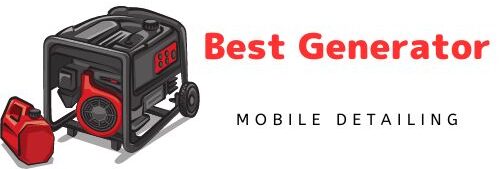
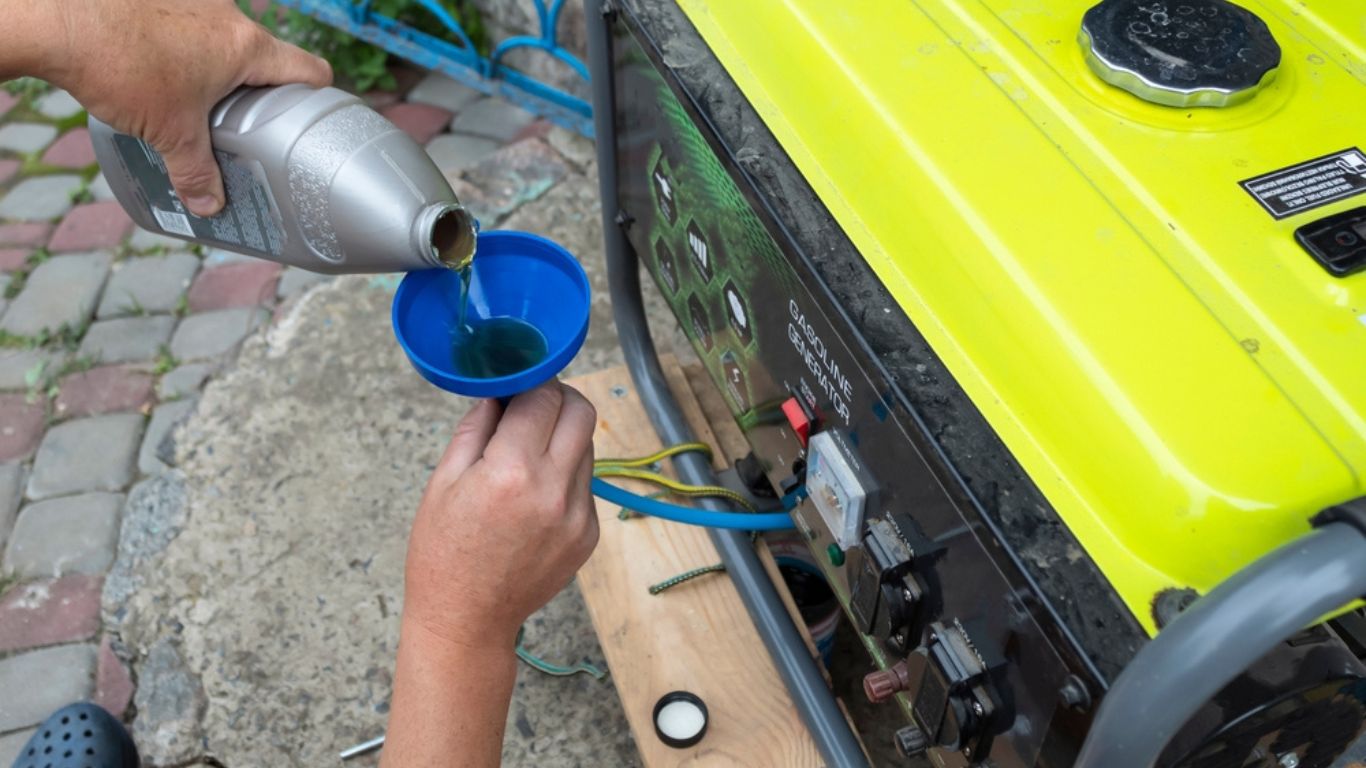
1 thought on “Low Oil Pressure Generator? Fix It Like a Pro Today!”